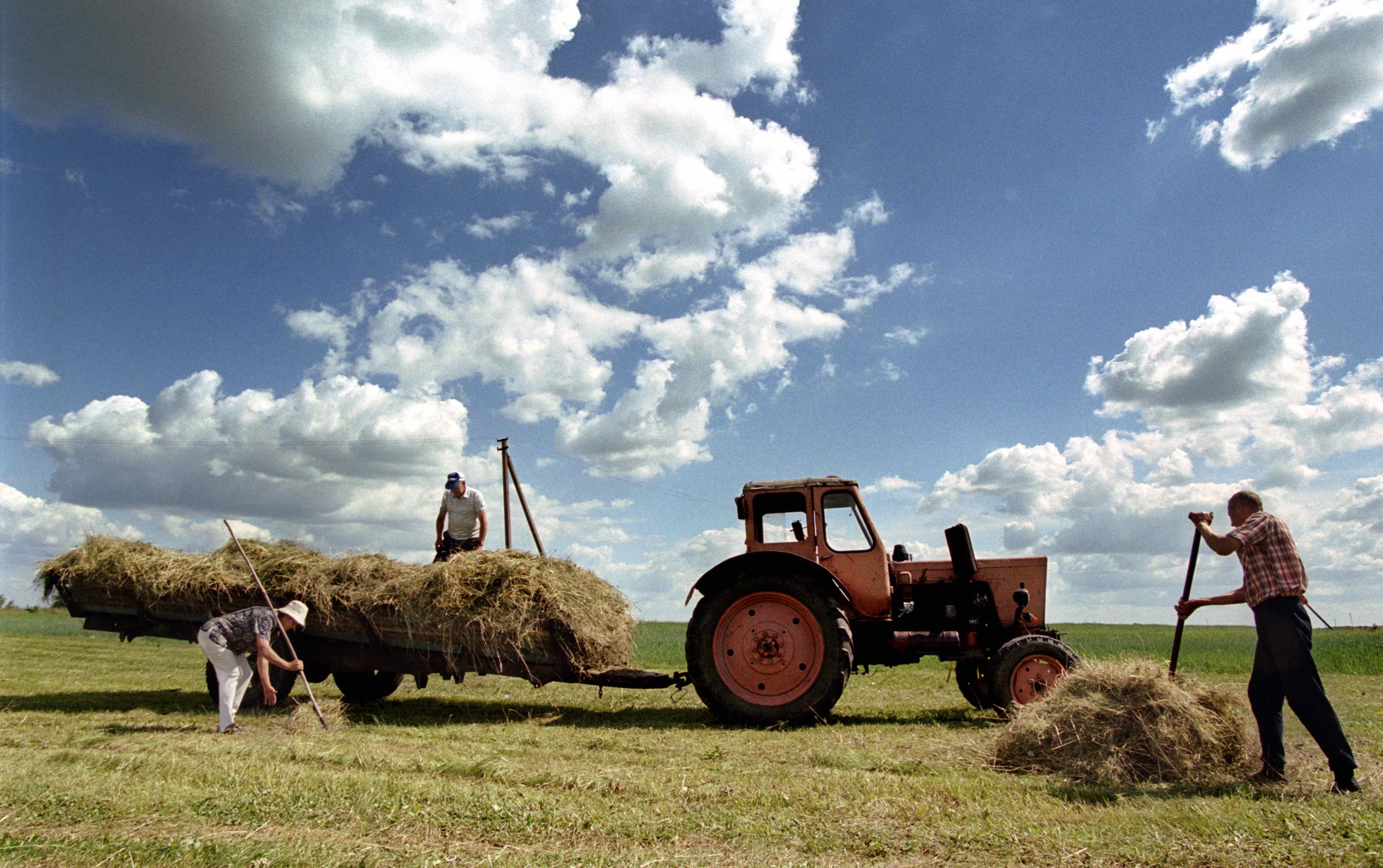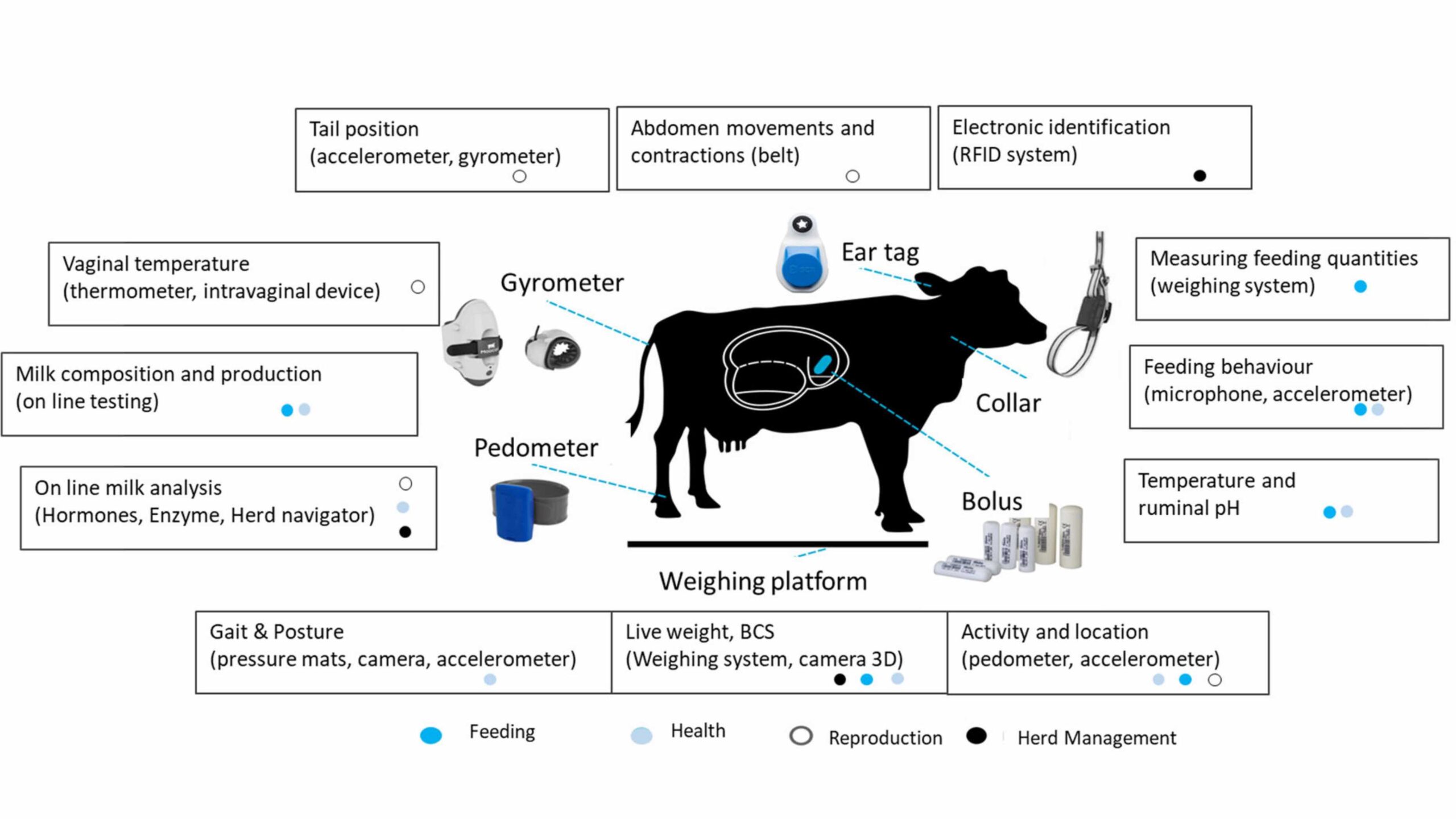IFPRI’s 2019 Global Food Policy Report (GFPR) will be the focus of a June 19 European Development Days event, Rural revitalization: Addressing inequalities—Creating vibrant and healthy places to sustainably live and work.
Are there lessons that other countries, and particularly developing countries, can learn from the European Union (EU)’s many years of experience in implementing rural development policy? At first sight, this might seem a strange question to ask. The countries making up the EU are highly urbanized and industrialized.
Yet the EU’s predominantly rural areas are home to 19% of its population and cover 51% of its territory. These numbers rise to 55% and 90%, respectively, if rural areas with some urban population are included. Europe’s rural areas share many of the problems facing those the world over. Per capita income is lower than in urban areas and many rural areas suffer from structural problems, such as a lack of attractive employment opportunities, skill shortages, underinvestment in connectivity and basic services, and a significant youth drain.
At the same time, rural areas in Europe are a substantial source of employment and potential growth. They play a vital role in managing environmental assets and make an important contribution to the recreational options and cultural heritage of its citizens. For these reasons, the EU has developed its rural development policy over time to help overcome the structural disadvantages, to promote rural jobs and growth, and to preserve the environmental quality of these regions.
The EU has committed almost €100 billion ($112 billion) from its own budget over the 2014-2020 period to support rural development policy. In addition, Member States make a matching contribution. They (or, in some cases, sub-national regions) prepare multi-annual rural development programs that set out how this money will be spent. EU legislation sets out several high-level priorities and a menu of permitted interventions. Member States and regions decide which priorities are most relevant for them and choose the interventions that best meet their own specific needs. During the 2014-2020 period, more than half of the total budget is allocated to the two priorities of preserving ecosystems and promoting resource efficiency and climate resilience.
In seeking to learn lessons from this policy, we should recall that the EU’s approach to rural revitalization emerged out of agricultural policy and retains a strong farm focus and links to the EU’s agriculture programs. It has three overarching strategic objectives: Fostering the competitiveness of agriculture; ensuring the sustainable management of natural resources, and climate action; and achieving balanced territorial development of rural economies and communities, including the creation and maintenance of employment.
The GFPR chapter “Europe’s Experience: Investing in Rural Revitalization” highlights four areas where other countries can learn from the EU’s experience with rural development programs.
The EU has developed a comprehensive suite of programs that seek to protect and enhance the natural environment by integrating agriculture with environment and climate objectives. Farmers who voluntarily enroll in these programs receive financial compensation in return for undertaking management commitments that help to support biodiversity, improve water quality, reduce soil erosion and sequester carbon, going above and beyond mandatory minimum requirements. In 2013, 26% of the EU’s agricultural area was covered by agri-environmental management commitments.
The EU has also promoted endogenous rural development through bottom-up approaches (community-led local development) that channel the enthusiasm, skills, and local knowledge of rural communities to develop projects that address the challenges they face. Local action groups are supported in drawing up a local development strategy and are provided with relatively modest amounts of funding to support local projects and initiatives that contribute to this strategy. Local groups have an explicit requirement to build the capacity of local actors to develop and implement projects. This enhancement of social capital is seen as both an objective of the program as well as the means to ensure its objectives.
Rural areas in the EU remain severely handicapped by their lack of high-speed Internet connectivity. Overcoming this deficit has been identified as an absolute prerequisite if rural areas are to realize their potential. Increasing connectivity is essential to achieving the promise of precision agriculture, the delivery of e-services, and greater rural business innovation. Greater funding is being allocated to provide the necessary physical infrastructure, although much of the necessary investment will be made by Member States rather than through the EU budget.
The final element of EU rural development policy of interest to other countries is its emphasis on the importance of monitoring and evaluation to provide timely evidence on the impact of spending to inform project design and improve targeting and funding allocation. Despite the efforts put into this, all are agreed that further progress is necessary—in setting clear objectives, identifying the intervention logic behind the measures undertaken, and collecting data to measure results and impacts.
The European Commission recently published its proposal for a further overhaul of its Common Agricultural Policy, including its rural development policy, in the period after 2021. One of the central ideas behind the proposal is to move away from a prescriptive steering of how Member States implement policy to a more performance-based approach. Member States will be given greater flexibility to decide how to use EU funds in return for drawing up and committing to ambitious rural development objectives. If these proposals are adopted, the EU will continue to be an interesting laboratory for rural development policy from which other countries can learn.
Alan Matthews is Professor Emeritus of European Agricultural Policy at Trinity College Dublin, Ireland, and author of Chapter 9 of IFPRI’s 2019 Global Food Policy Report, “Europe’s Experience: Investing in Rural Revitalization.”







